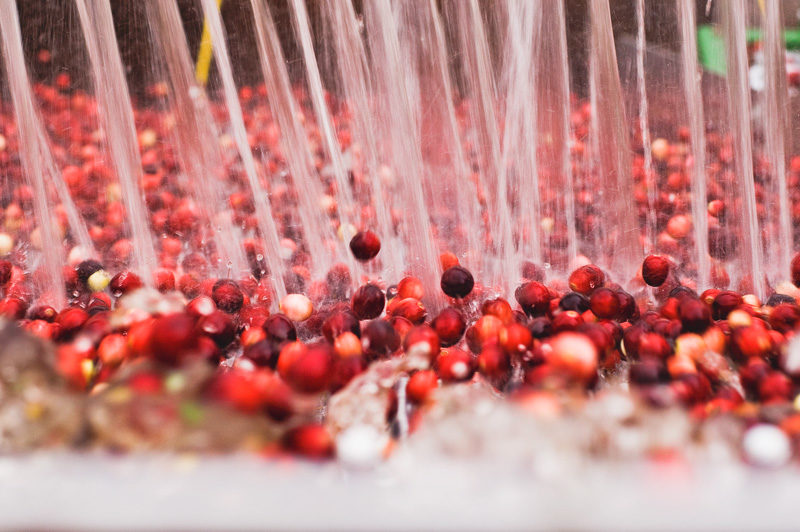As WholeFoods previously reported, FDA announced that that supplements that contain a daily serving of 500 mg of whole fruit cranberry may use a qualified health claim on their labels and in their marketing materials. For dietary supplements, FDA authorized three wording options:
- “Limited scientific evidence shows that by consuming 500 mg each day of cranberry dietary supplement, healthy women who have had a urinary tract infection (UTI) may reduce their risk of recurrent UTI.”
- “Consuming 500 mg each day of cranberry dietary supplement may help reduce the risk of recurrent urinary tract infection (UTI) in healthy women. FDA has concluded that there is limited scientific evidence supporting this claim.”
- “Consuming 500 mg [X capsules/tablets/soft gels] each day of [this identified cranberry dietary supplement] may help reduce the risk of recurrent urinary tract infection (UTI) in healthy women. FDA has concluded that there is limited scientific evidence supporting this claim.”
Jean Leclerc, Director of Sales and Business Development for Fruit d’Or, added, “The FDA’s qualified health claim is confirmation that not all cranberry is the same. It’s not the components of the fruit…it’s not just the juice…it’s not only the soluble PAC or organic acids…it’s the whole fruit. Likewise, cranberry seed powder is not the same as whole fruit cranberry powder.”
Related: Fruit d’Or Celebrates Tools for Validating Cranberry Healthy Aging Optimizing Urological Health
In the press release, Lukawski and Leclerc outlined the following differences between whole fruit cranberry powder and other sound-alike cranberry ingredients:- When you spray juice concentrate onto cranberry powder made from just the skin and seeds, this is no longer considered a whole fruit cranberry powder as you are changing the natural characteristics of the whole cranberry.
- Cranberry contains seeds. Separating cranberry seeds from the fruit and drying and milling into powder is not, by definition, whole fruit cranberry powder.
- When you press the cranberry to obtain the juice that you dried after, all that is left is natural sugar, soluble organic acids and some short chain PACs (chains smaller than six units).
- You can extract with solvents, like water and/or ethanol, and purified by chromatography the molecules contained in cranberry fruit (this is known as solvent extraction). During the process you will concentrate only a small portion of the molecules, leaving behind the majority of the insoluble material, like the cranberry fibers, which are known to contribute to the effect against E. coli, the main bacteria causing UTI.
He explained that only whole fruit cranberry powder contains both soluble and insoluble PACs. “So, the first step is to confirm that your cranberry ingredient contains both types of PACs. If it contains only soluble PACs, it’s probably just cranberry juice powder or a solvent extract being passed off as whole fruit cranberry powder." He adds that whole fruit cranberry powder can now be DNA fingerprinted. “All Fruit d’Or cranberry ingredients undergo TRU-ID Purity-IQ sequential barcoding for authenticity which is necessary to help fight against adulteration.”
Lukawski also issued a caution: “Milling temperature is critical to protecting the integrity of whole fruit cranberry powder. If it is milled at high heat, the sugars will burn, destroying the soluble PACs. Then you will no longer have whole fruit cranberry.”
And a note from Leclerc: Cranberry must also be kept in dry conditions within humidity-controlled rooms. “Whole fruit cranberry powder can degrade over time, degrading the total PACs. Old cranberry can go rancid and turn brown due to its natural oil content. Be sure to conduct stability testing on total PACs." Leclerc added that Fruit d’Or offers a three-year real time shelf life on the total PACs of our whole fruit cranberry powder.
More information can be found onwww.qualitycranberry.com.










